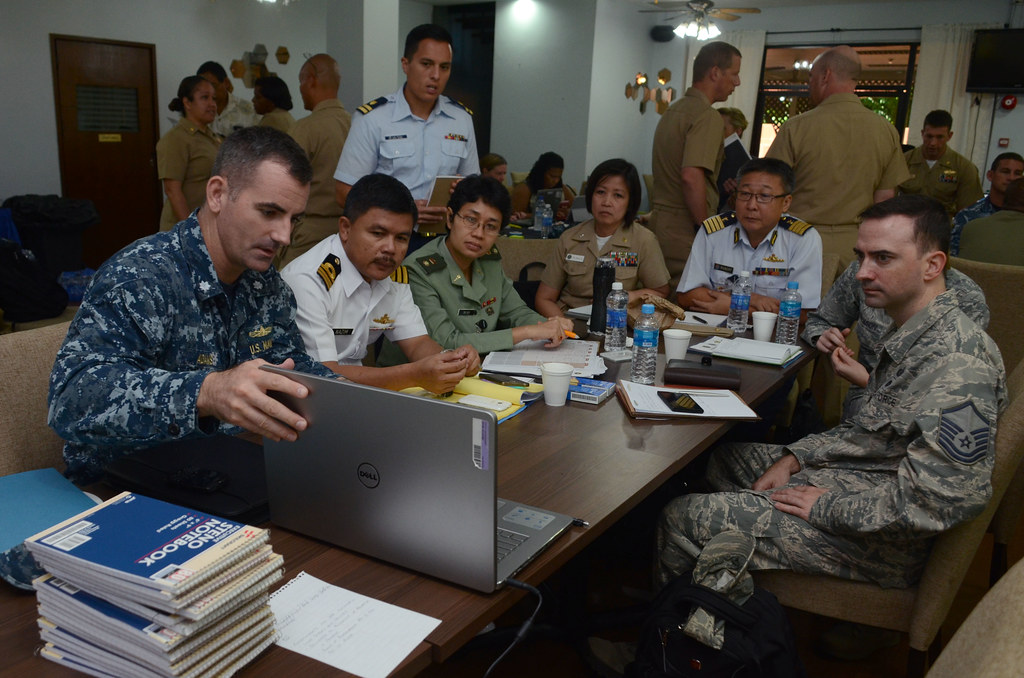Lachlan Wilson
The new Defence White Paper outlines spending of up to $80 billion on land combat and amphibious warfare out to 2025–26. In terms of equipment modernisation, the plans have focused on greater protected mobility, situational awareness, aviation, firepower, and force sustainability. Those improvements are intended to enhance and broaden the armed forces combat and non-combat capacity.
These are the key proposals that the Army will procure and advance over the next decade:
- An agile procurement system for infantry soldiers that will allow for the continuous upgrade of key infantry weapons systems, personal equipment, and force protection
- New combat reconnaissance, infantry fighting, and protected mobility vehicles
- Upgrades to extend the operational lifespan of the M1 Abrams to 2035
- New armed intelligence, surveillance and reconnaissance unmanned aircraft
- The acquisition of a long-range rocket system by mid-2020 that will provide long-range fire support up to 300km to supplement the ADF’s current artillery capability
- Logistic enablers to aid the amphibious operations involving the newly acquired Canberra Class ships
- The re-establishment of Riverine Patrol capabilities, with a fleet of lightly armed boats for river and estuarine operations marked for delivery near 2022
- Special operations forces will receive a boost in wide range of capabilities which include high-end close combat capabilities, force protection, enhanced command and situational awareness networks, the acquisition and improvement of specialist transportation systems, and an armada of light reconnaissance and attack helicopters



































